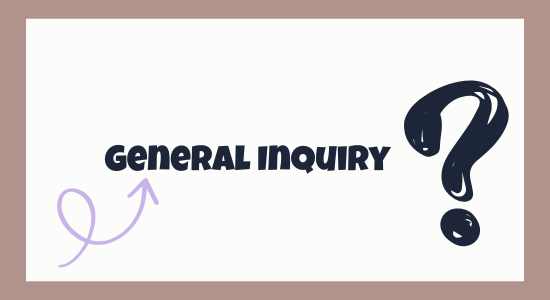
Confusion About Power and Energy
Many students struggle to understand the difference between electrical power and energy consumption. You’ve probably seen terms like watts, kilowatt-hours, voltage, and current, but when asked to explain them, things get fuzzy. Have you ever wondered why your electricity bill is measured in kilowatt-hours and not just watts? Or why a 100-watt light bulb doesn’t cost the same to operate as a 1000-watt heater?
Why This Confusion Matters
Misunderstanding electrical power and energy can have real consequences. If you don’t grasp these concepts, you might struggle in physics or engineering courses. Worse, in real life, it can lead to costly mistakes—buying inefficient appliances, misjudging electrical load capacities, or racking up unnecessary electricity costs. Many people unknowingly waste electricity because they don’t fully understand what’s consuming the most power in their homes. Have you ever been surprised by a high electricity bill? That might be due to an unseen power drain that you didn’t account for.
The Solution: A Step-by-Step Breakdown
1. Understanding Electrical Power
Electrical power (P) is the rate at which electrical energy is used or produced. It is measured in watts (W). The basic formula is:
P = V × I
where:
- P = Power (watts, W)
- V = Voltage (volts, V)
- I = Current (amperes, A)
For example, if a toaster operates at 120V and draws 5A of current, its power consumption is:
P = 120V × 5A = 600W
This means the toaster uses 600 watts of power when it is running.
2. Understanding Energy Consumption
Energy is the total amount of electrical work done over time. It is measured in joules (J) in physics but in kilowatt-hours (kWh) for practical home electricity usage. The formula for energy is:
E = P × t
where:
- E = Energy (joules or kilowatt-hours, kWh)
- P = Power (watts or kilowatts, kW)
- t = Time (seconds or hours, h)
Since home electricity is billed in kilowatt-hours (1 kWh = 1000 watt-hours), let’s convert:
If the toaster from the previous example runs for 10 minutes (0.167 hours):
E = 0.6 kW × 0.167 h = 0.1 kWh
If electricity costs $0.15 per kWh, then running the toaster costs:
0.1 kWh × $0.15/kWh = $0.015
3. The Relationship Between Power, Energy, and Time
- High-power devices (like ovens, heaters) use more energy quickly.
- Low-power devices (like LED bulbs) use less energy over time.
- Running a high-power device for a short time might consume less energy than running a low-power device for hours.
4. Case Study: Comparing Appliance Consumption
Consider these common household appliances and their estimated usage:
| Appliance | Power (W) | Usage (hours/day) | Energy (kWh/day) |
|---|---|---|---|
| LED Bulb | 10 W | 5 h | 0.05 kWh |
| Ceiling Fan | 70 W | 8 h | 0.56 kWh |
| Refrigerator | 150 W | 24 h | 3.6 kWh |
| Washing Machine | 500 W | 1 h | 0.5 kWh |
| Water Heater | 3000 W | 1 h | 3.0 kWh |
| Air Conditioner | 2000 W | 6 h | 12.0 kWh |
From this table, we see that devices running continuously, like refrigerators, contribute significantly to energy bills. The air conditioner, despite running for fewer hours, consumes a large amount of energy because of its high power rating.
5. Reducing Energy Consumption: Practical Tips
To lower electricity bills, you must either reduce power usage or usage time. Here are some strategies:
- Use Energy-Efficient Appliances: LED bulbs use 80% less energy than incandescent bulbs.
- Unplug Devices When Not in Use: Many devices consume power in standby mode.
- Optimize Air Conditioner Usage: Use fans alongside ACs to reduce operational time.
- Limit Water Heater Use: Shorter showers and lower thermostat settings help.
- Monitor Consumption with Smart Meters: Helps identify high-usage appliances.
6. Real-Life Example: Smart Home Integration
A 2022 case study on smart homes found that integrating automated systems reduced electricity consumption by 20-30%. Smart thermostats like Nest adjust heating and cooling based on occupancy, saving energy. Motion-sensor lighting ensures lights aren’t left on unnecessarily.
Understanding power and energy consumption isn’t just about passing an exam—it’s a skill that impacts daily life. By learning how devices consume electricity, you can make smarter choices, save money, and reduce waste. Next time you see your electricity bill, you’ll know exactly what’s costing you the most—and how to change it!
0 Comments
-
Comments will be injected here via JS












Post a Comment